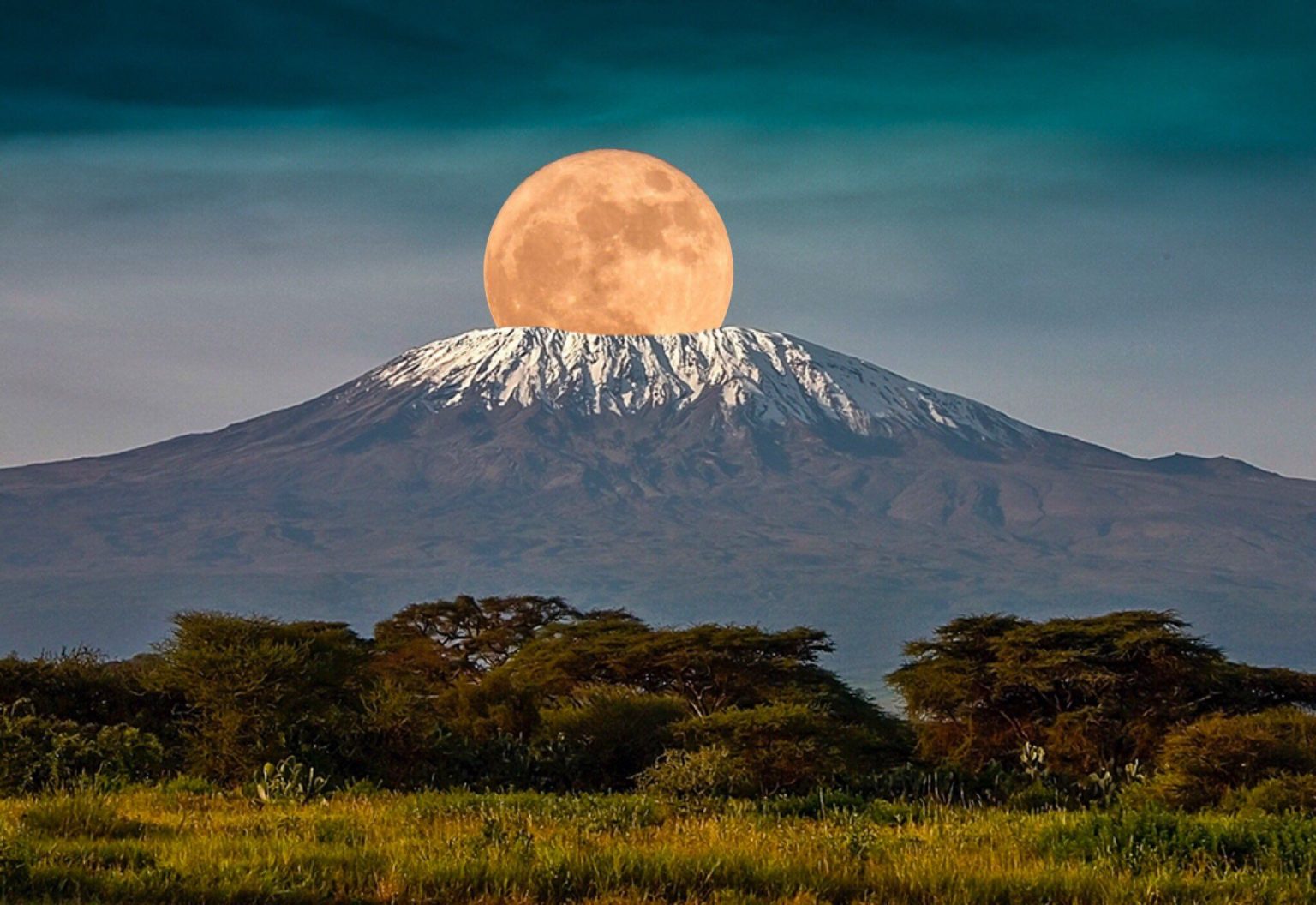
In the heart of Tanzania, Africa boasts its towering emblem of natural grandeur: Mount Kilimanjaro. As the tallest peak on the continent, this dormant volcano reaches an awe-inspiring height of approximately 5,895 meters (19,341 feet) above sea level, captivating adventurers and nature enthusiasts from around the globe.
Mount Kilimanjaro’s allure extends far beyond its imposing stature. Its snow-capped summit, known as Uhuru Peak, stands as a testament to the captivating diversity of Africa’s landscapes. Nestled amidst lush rainforests, alpine meadows, and arid plains, Kilimanjaro’s distinct ecological zones offer a microcosm of Africa’s rich biodiversity.
Ascending Kilimanjaro is not merely a physical endeavor; it is a spiritual journey intertwined with local culture and heritage. The mountain holds deep significance for the Chagga people, who inhabit its foothills. They regard Kilimanjaro as a sacred site, imbued with myths, legends, and ancient rituals that have endured for generations.
Despite its formidable reputation, Mount Kilimanjaro welcomes climbers of various skill levels, offering multiple routes to the summit. The Marangu, Machame, and Lemosho routes are among the most popular, each presenting unique challenges and breathtaking vistas along the way.
However, Kilimanjaro’s majestic allure is not without its vulnerabilities. The impacts of climate change pose a looming threat to its iconic glaciers, which have been steadily receding in recent decades. Conservation efforts and sustainable tourism practices are crucial in preserving this natural wonder for future generations to marvel at.
For adventurers seeking to conquer Africa’s highest peak, Mount Kilimanjaro stands as an indomitable beacon of exploration and discovery. Its towering presence symbolizes the continent’s enduring spirit of resilience, beauty, and boundless possibility.
